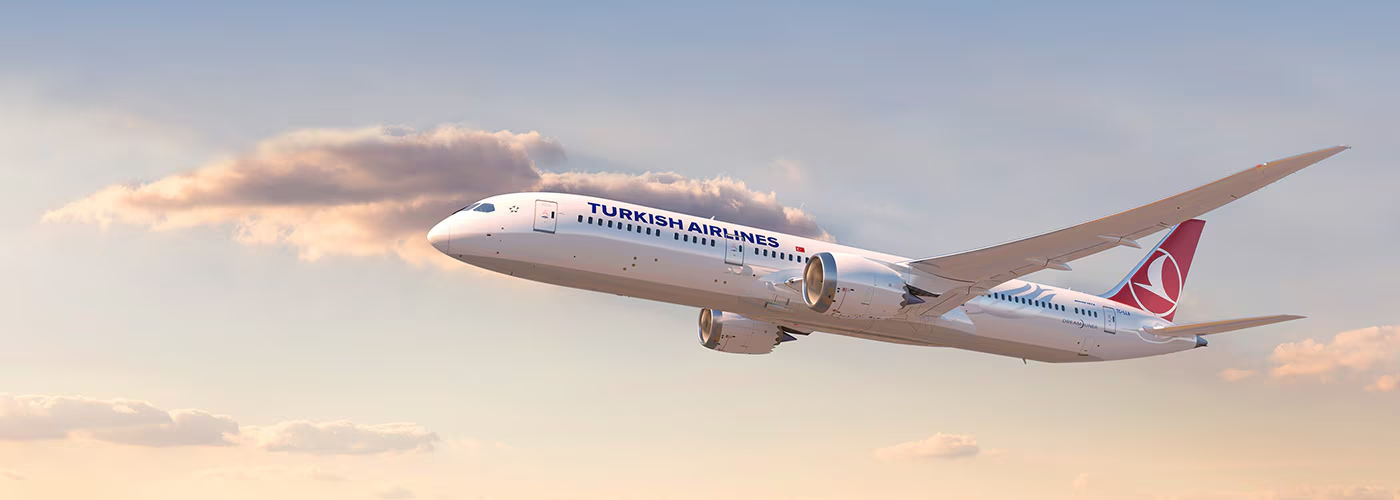The Future of Jet Engines: How Ceramic-Matrix Composites Are Changing the Game?
As the aviation industry is on the hunt for high-performance, lightweight materials, Ceramic-Matrix Composites (CMCs) are emerging as a frontrunner. Dive into this article to find out how CMCs are setting the stage for a new era in jet engine efficiency and design.
What are Ceramic-Matrix Composites (CMCs)?
CMCs consist of ceramic fibers integrated within ceramic matrices. This unique composition makes them a promising alternative to traditional metal alloys. While metal alloys have long been the standard, they lack the superior thermal and physical properties that CMCs offer. In modern turbofan engines, for example, CMC-based liners and panels are becoming increasingly commonplace.
Their extraordinary thermal resilience is a key advantage, especially considering that jet engines operate at temperatures soaring up to 3,000 degrees Fahrenheit (1,700 degrees Celsius). The integration of CMCs into these engines is providing a path toward more efficient thermal management, which is crucial for improving engine efficiency and performance.

Manufacturing CMCs: A Sophisticated Process
The manufacturing process of CMCs involves multiple intricate steps. Initially, ceramic fibers are carefully arranged into a specific form, which is then infiltrated with a ceramic matrix. This infiltration step is crucial for imparting the CMCs with their unique characteristics, including their impressive durability and thermal resistance.

Different techniques are used for securing the fibers within the matrix. These range from filament winding to braiding and knotting. Once the matrix material is deposited, additional processes such as machining, coating, or impregnation may be undertaken to fine-tune the material for its specific end-use requirements. In the case of gas turbine engines, CMCs often include silicon carbide, ceramic fibers, and ceramic resins, further refined with specialized coatings to enhance their thermal shock resistance and impact toughness.
CMCs in Aviation: A Game Changer
General Electric (GE) and Rolls-Royce are among the heavyweights in the aviation industry pioneering the use of CMC technology. GE has been actively implementing CMCs in the hottest sections of its LEAP turbofan engines, manufactured by their joint venture with Safran Aircraft Engines, CFM International. These engines power hundreds of single-aisle commercial jetliners, marking a significant milestone in CMC adoption.

Rolls-Royce is also deeply invested in the integration of CMCs across multiple engine components. Notably, the engine’s overall weight significantly drops when traditional metal alloys are replaced with CMCs. This reduction in weight contributes directly to improved fuel efficiency. Additionally, the thermal resistance properties of CMCs enable engines to achieve lower fuel consumption and, subsequently, produce fewer emissions and less noise.
Efficiency and Sustainability: The Impact of CMCs
One of the most compelling aspects of CMCs is their ability to operate efficiently with less cooling than traditional materials, like nickel-based components. According to GE, this reduction in the need for cooling air enables jet engines to function at higher thrust levels and efficiency. Consequently, combustor efficiency is improved and fuel consumption is minimized, leading to more environmentally friendly air travel.
As jet engines are increasingly designed to function at higher temperatures than ever before, traditional materials are reaching their limitations. CMCs offer a solution by providing optimal thermal performance while significantly reducing engine weight. For an industry actively seeking to reduce its environmental footprint, the adoption of CMCs represents a monumental leap toward more sustainable aviation.

With CMCs promising such transformative changes in jet engine technology, how do you see these materials shaping the future sustainability goals of the aviation industry?
Youssef Yahya is the CEO and Founder of Aviation for Aviators, a platform dedicated to the aviation industry. With over 3 years of experience as an aviation writer, Youssef is passionate about sharing his insights on aviation, entrepreneurship, and the broader business landscape. As a Teaching Assistant in Entrepreneurship at Nile University, he also nurtures the next generation of entrepreneurs. When he’s not exploring the skies or business ventures, you can find him saying, ‘Drag your coffee, and let’s talk aviation, entrepreneurship, and football.’
You might also like:
- Will You Feel Safer Knowing That the Crew on Your Flight Are All Vaccinated?
- Boeing’s Outlook: The Future of Commercial Aviation Requires 42,600 New Airplanes Over the Next 20 Years
- Emirates Successfully Runs a Boeing 777 Engine on 100% SAF
- The small light bulb that brought this big jet to ashes
- Before the Airbus A380 and Boeing 777, What Did Emirates fly?
Discover more from Aviation for Aviators
Subscribe to get the latest posts sent to your email.














Post Comment